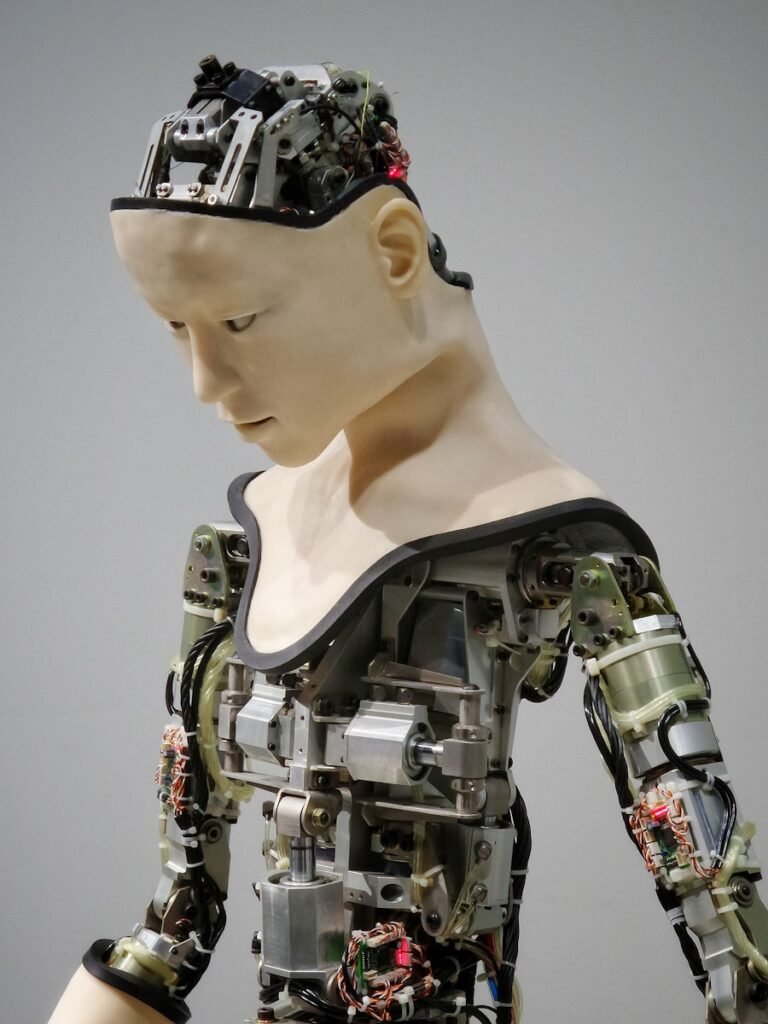
Why Machine Learning at the Edge is Important for IoT
In the realm of machine learning at the edge, it’s akin to having a clandestine operative ingrained within your IoT devices- astute, self-reliant, and poised to make instantaneous decisions in the blink of an eye. Envision this: your intelligent thermostat discerning your temperature preferences without necessitating the transmission of all your data to some distant server. Everything unfolds right there on the device itself, rendering your abode snug and inviting while safeguarding your privacy. Just as Sam Altman once mused, “AI is the new electricity,” and edge computing bestows that electrifying power upon you, revolutionizing your IoT universe in ways beyond imagination.
We find ourselves entrenched in an era where rapidity reigns supreme. Picture this scenario: imagine if your driverless vehicle must swiftly navigate a potential collision. Is there truly ample time for it to dispatch data to a remote server and await instructions? Certainly not; we demand that intellectual acumen be readily available exactly where it’s needed most. With machine learning at the edge, your automobile can exhibit nimble decision-making prowess thanks to AI seamlessly integrated into its operations. As articulated by Altman himself, “Our aspirations have perpetually revolved around machines emulating robots, and these fantasies are materializing quicker than we can fathom.”
The Role of Artificial Intelligence in Smart Devices
In the realm of smart gadgets, Artificial Intelligence (AI) reigns supreme in revolutionizing functionality and user interaction. By infusing AI into devices such as smartphones, smart speakers, and wearables, they evolve into entities that possess an uncanny ability to decipher and anticipate user desires. As quoted by the esteemed entrepreneur and investor Sam Altman, “AI stands as perhaps the most monumental achievement humanity has ever embarked upon. I view it as a force more profound than even electricity or fire.”
The incorporation of AI in smart devices unlocks a plethora of features including voice-activated assistants, facial recognition technology, and personalized suggestions. These functionalities not only simplify our daily lives but also lay down tracks for a future that is intricately interconnected and heavily automated. From streamlining our routines to establishing sustainable systems with increased efficiency, the influence of AI in smart devices is undeniably transformative. As we witness continuous advancements in AI technology unfold before us, the horizon for innovation and enhancement within smart devices appears boundless.
Challenges of Implementing AI in IoT Devices
The integration of artificial intelligence into IoT devices presents a myriad of challenges that boggle the mind. The sheer demand for computational power to effectively run AI algorithms on limited resources is a perplexing obstacle to overcome. Striving to infuse intelligence into everyday objects while juggling performance needs and edge computing constraints is like solving a complex puzzle with no clear solution in sight.
Furthermore, ensuring the harmonious fusion of AI with IoT devices while safeguarding privacy and data security adds another layer of complexity to an already intricate situation. Balancing great power with great responsibility in this technological landscape requires careful navigation through ethical dilemmas and moral considerations. Walking the tightrope where innovation meets user confidence demands finesse and forward-thinking strategies that push boundaries and challenge norms.
Benefits of Edge Computing in AI
Oh, the enigmatic realm of Edge Computing in AI! Just envision this: a brilliantly intelligent AI algorithm nestled within your device, making split-second decisions without the need to rely on a distant cloud server for assistance. It’s akin to having an ever-present personal aide at your beck and call round the clock- could it possibly get any more remarkable than this?
One of the most fascinating aspects of Edge Computing in AI is its lightning-fast speed of operation. It’s as if you have the Flash himself on your side, swift and agile, prepared to handle any challenge that may arise. Picture your savvy thermostat instantly adjusting based on your habits or your surveillance camera detecting a potential threat in the blink of an eye- talk about residing in a futuristic world! With Edge AI, delays are rendered obsolete, and instantaneous decision-making becomes standard practice. The focus is all about harnessing that power right at the fringes of our devices, enhancing our lives with seamless intelligence.
Security Concerns in AI-powered Smart Devices
As we venture deeper into the age of smart devices driven by artificial intelligence, the shadow of security concerns looms larger and darker. Imagine this: your friendly neighborhood smart home assistant, known as ‘Alexa’, unexpectedly begins broadcasting your most private conversations to strangers worldwide. It almost feels like a twist straight out of a futuristic thriller, doesn’t it? Yet in the world of AI-driven smart gadgets, this chilling scenario is not as implausible as one might think.
With AI rapidly advancing in our everyday tech tools, the vulnerabilities within these systems become increasingly apparent. From potential data breaches to malicious hacking endeavors, the protection of our personal information hangs precariously in the balance. As esteemed computer scientist Fred Brooks once remarked, “The most challenging aspect of software development is achieving a comprehensive and coherent specification.” And when it comes to securing AI-infused smart devices, this task becomes even more intricate – demanding a delicate interplay between innovation and upholding user privacy.
The Future of Machine Learning at the Edge
In a world where the ever-evolving technology landscape leaves us in a perpetual state of bewilderment, the future of machine learning at the edge presents itself as an enigmatic realm brimming with boundless opportunities. Picture this: your intelligent refrigerator not only nudges you to replenish your groceries but also proposes delectable recipes tailored to the ingredients already in your possession. This vision is not merely a fantastical reverie; rather, it is the trajectory towards which we are hurtling.
As we plunge deeper into the labyrinthine domains of IoT and AI, the notion of imbuing our devices with autonomous decision-making capabilities becomes increasingly palpable. Whether it be self-driving vehicles or prescient maintenance protocols for industrial machinery, the convergence of machine learning at the edge heralds a paradigm shift in our interaction with technology. In echoing Marc Andreessen’s assertion that “Software is eating the world,” one cannot help but ponder whether AI at the edge will not only consume our reality but also render it more astute and streamlined.
Impact of AI on Sensor Technology in IoT
In the realm of IoT, the intertwining of sensor technology and AI has sparked a revolution that defies convention. Gone are the days when sensors were mere data collectors; they now possess an uncanny ability to analyze and interpret information in real-time, ushering in a new era of intelligence. As Sam Altman poignantly notes, AI stands as a pinnacle of human achievement, surpassing even electricity or fire in its profound impact.
The fusion of AI and sensors has reshaped our relationship with the world around us. Whether it’s smart thermostats adapting to our preferences or wearable devices monitoring our health, these AI-powered sensors have seamlessly integrated into every facet of our existence. As we venture further into the depths of IoT, one thing remains crystal clear – the true value lies not just in collecting sensor data but also in deciphering its hidden meanings. Through the enigmatic lens of AI, sensors have transcended their conventional boundaries to offer invaluable insights that guide us towards actionable intelligence.
Utilizing Edge AI for Real-time Data Processing
Picture a universe where your toaster not only crafts the ideal slice of toast but also deciphers your toast-preference behaviors to guarantee uniformity every sunrise. This is the magic of Edge AI in real-time data handling for intelligent gadgets. From refining energy usage in smart abodes to boosting anticipatory maintenance in industrial environments, the prospects are boundless.
As we plunge into the domain of Edge AI for instantaneous data processing, it’s imperative to grasp its importance in revolutionizing our interaction with technology. With the capability to analyze data locally on the device itself, sans dependence on cloud servers, Edge AI brings celerity and efficacy to the forefront. As renowned computer scientist Alan Kay once remarked, “The optimum means to foresee tomorrow is by shaping it,” and with Edge AI leading the charge for prompt decision-making in devices, we are undeniably sculpting a future where technology seamlessly melds into our existence.


